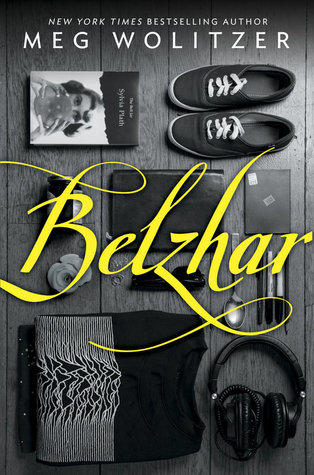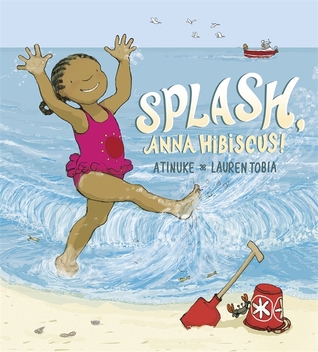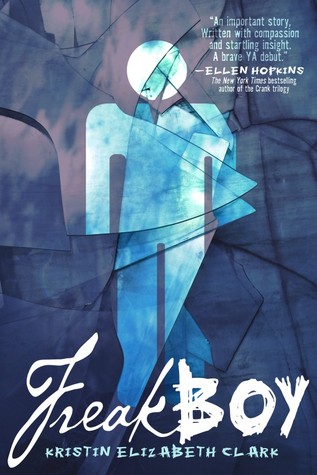Summary: After the death of her first love, Reeve, Jam is sent to The Wooden Barn, a school for students who have experienced trauma. She is chosen to be in the mysterious Special Topics for English class and the author study selected by Mrs. Quenell is Sylvia Plath. Supernatural things happen when Jam and her classmates write in their journals. Pasts are revealed and uncomfortable conversations are had.
Review: This is a consuming and surprising read! For 8th grade and up, students will enjoy the supernatural aspects of this book.
Diversity: Jam's roommate DJ is part Asian and gay.
Diversity: Jam's roommate DJ is part Asian and gay.
Suggestions for Teachers: Great to have in a classroom library and would be a good for a unit on teaching perspective and unreliable narration. Teachers could also teach this along with Sylvia Plath's works.
Reading Level:
- Quantitative: Lexile 1050-1335L, ATOS Book Level 9.67-12.01, Flesh-Kincaid 8.32-12.12, 8.41-10.81RMM
- Qualitative: This text is moderately complex; it is chronological but there are flashbacks and there is a supernatural element that occurs when the characters write in their journals. The language is largely contemporary and familiar. Those who have knowledge of depression and Sylvia Plath will have a stronger understanding but this is a great text to introduce Plath as well.
Common Core State Standards:
CCSS.ELA-LITERACY.RL.9-10.2
Determine a theme or central idea of a text and analyze in detail its development over the course of the text, including how it emerges and is shaped and refined by specific details; provide an objective summary of the text.
Determine a theme or central idea of a text and analyze in detail its development over the course of the text, including how it emerges and is shaped and refined by specific details; provide an objective summary of the text.
CCSS.ELA-LITERACY.RL.9-10.3
Analyze how complex characters (e.g., those with multiple or conflicting motivations) develop over the course of a text, interact with other characters, and advance the plot or develop the theme.
Analyze how complex characters (e.g., those with multiple or conflicting motivations) develop over the course of a text, interact with other characters, and advance the plot or develop the theme.
CCSS.ELA-LITERACY.RL.9-10.5
Analyze how an author's choices concerning how to structure a text, order events within it (e.g., parallel plots), and manipulate time (e.g., pacing, flashbacks) create such effects as mystery, tension, or surprise.
Analyze how an author's choices concerning how to structure a text, order events within it (e.g., parallel plots), and manipulate time (e.g., pacing, flashbacks) create such effects as mystery, tension, or surprise.
CCSS.ELA-LITERACY.RL.9-10.7
Analyze the representation of a subject or a key scene in two different artistic mediums, including what is emphasized or absent in each treatment (e.g., Auden's "Musée des Beaux Arts" and Breughel's Landscape with the Fall of Icarus).
Analyze the representation of a subject or a key scene in two different artistic mediums, including what is emphasized or absent in each treatment (e.g., Auden's "Musée des Beaux Arts" and Breughel's Landscape with the Fall of Icarus).
Relevant links: Teaching Books, Bell Jar Teacher Guide
Subjects/Themes: depression, recovery, therapy, friendship
Subjects/Themes: depression, recovery, therapy, friendship
Awards: N/A
Series Information: N/A
Series Information: N/A







